EXACTLY 40 years ago, a fabulous low budget film far removed from commercial Hindi cinema took everyone by surprise. Jaane Bhi Do Yaaro not only became a cult classic, but also redefined Indian cinema and introduced Bollywood to a whole host of fresh talents, including actors, crew and cutting edge creative minds, when it was released on August 12, 1983.
The film, about two photographers caught up in the crossfire of corruption, is widely regarded as one of the finest Indian comedies ever made.
Eastern Eye decided to mark four decades of the satirical black comedy by taking a deep dive into a low budget classic that made a big impact.
Although late filmmaker Kundan Shah had a love for cinema growing up, he was drawn towards action, drama and human stories. While studying at the Film and Television Institute of India, he accidentally stumbled upon an ability to write comedy. He wrote a low budget screenplay that came third in a competition and the prize would be the NFDC (National Film Development Corporation of India) financing it. But he didn’t want to make that film and furiously wrote a first draft of Jaane Bhi Do Yaaro.
Kundan Shah once recalled: “They said that it would have to go through the committee again, but I was willing to take my chances rather than make a film I didn’t want to. The script committee approved the script, and I had the money and was ready to go.”
With the budget being low, Shah would need a talented cast and crew of newcomers. He assembled a dream team that included future greats. Sudhir Mishra and Vidhu Vinod Chopra were brought on as assistants, working on areas like screenplay and production. Both would go on to become successful filmmakers and the two main characters would be named after them.
Mishra once recalled: “The film would never have been made if NFDC had not produced it.”
Naseeruddin Shah had established himself and agreed to give 45 days because he believed in the new filmmaking talent. Kundan Shah had spotted his other lead star Ravi Baswani in the film Chashme Buddoor and cast him. A lot of women refused to act in the movie or were too busy. Bhakti Barwe was eventually cast after being spotted in a Marathi play, but she refused to dub for it and Anita Kanwar’s voice was used.
Newcomer Pankaj Kapur was just 27 years old, but agreed to play a 45-year-old and kickstarted a distinguished career. Other relative unknowns in the supporting roles, who would go on to become legends included Neena Gupta, Satish Kaushik and Om Puri. Anupam Kher had also been cast as a hit man named Disco Killer and was left devastated when his character was completely edited out of the movie. Budget constraints turned it into a very challenging shoot.
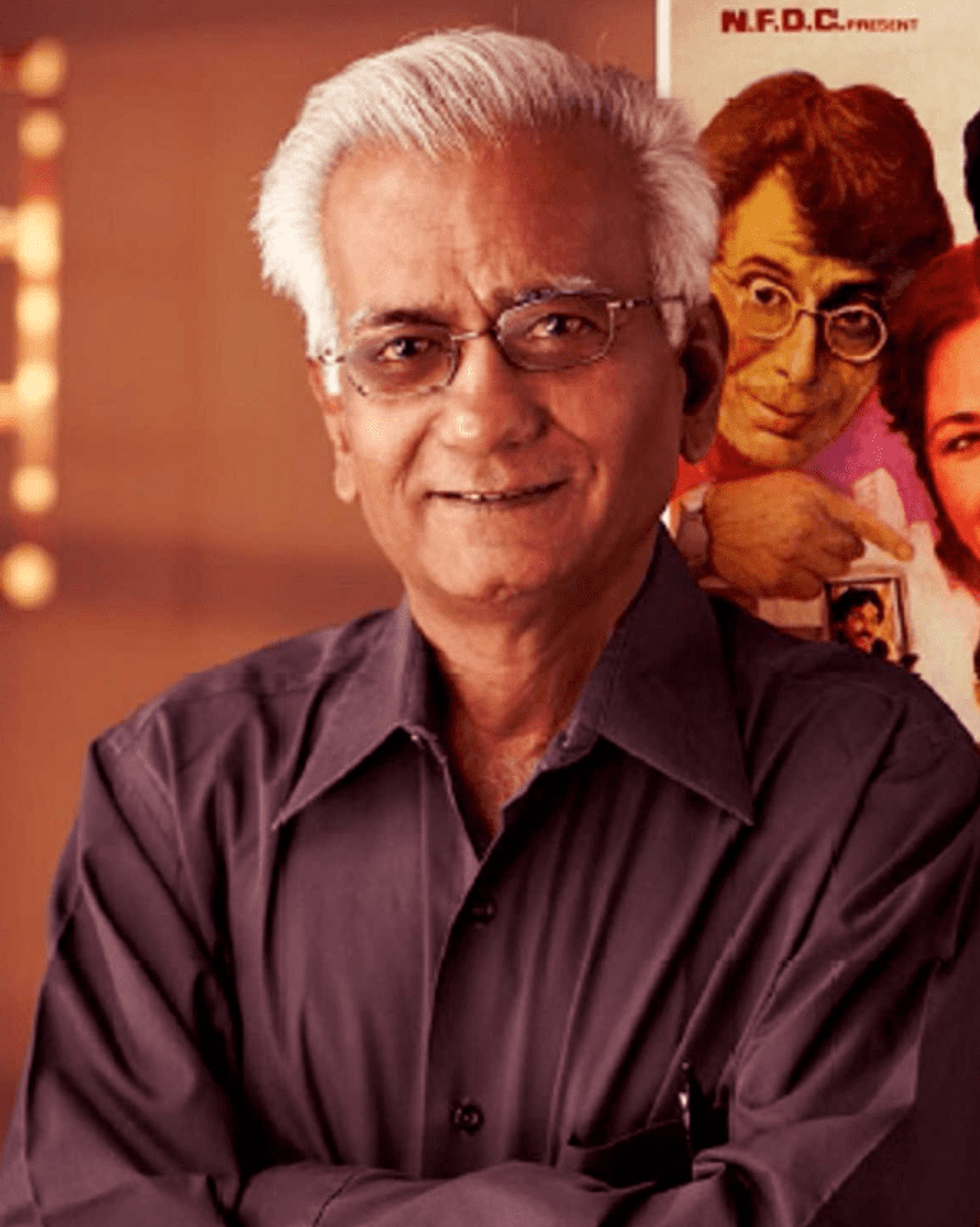
Naseeruddin Shah had recalled: “The shoot was the worst I have ever had, the worst. There was no money for anything, for any extras. Throughout there was always the feeling that this film was not going to get made, but also the feeling that we had to do something to get it done.”
Money was so tight that production controller Vidhu Vinod Chopra had to step into a small role. Mishra said: “I think most of the actors didn’t have faith in the film.”
He described the shooting as chaotic. Baswani was doing a theatre play while working on the movie. Naseeruddin Shah said: “I didn’t believe the film would work. I thought we were making the stupidest film ever.”
Once the film was complete it was nearly four hours long. Renu Saluja, who would go on to edit classics like Parinda, 1942: A Love Story, Bandit Queen, and Pardes came to the rescue. Mishra recalled: “Kundan and Renu practically rescripted the film in the editing room. I know this for a fact, it was one of her favourite films. I sat through the editing, and I enjoyed it immensely. It was like going to some kind of master class.”
She helped bring out the comic timing in the movie. After seeing the first cut, all the actors who thought it was a dud project realised they were part of something special and loved it.
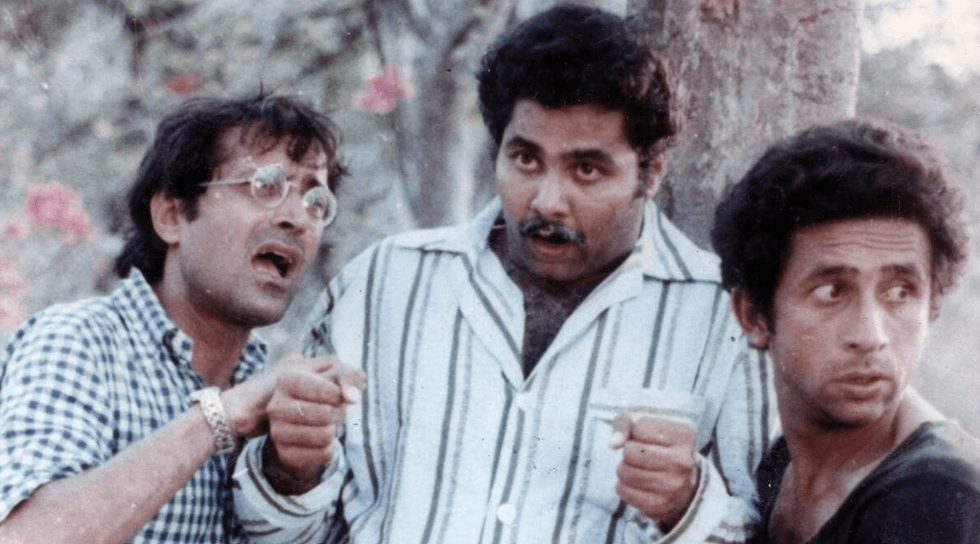
Unfortunately, without a major production house behind it or a marketing budget, it received a poor release in cinemas. Mishra had recalled: “There wasn’t even a hoarding outside the cinema to announce that it was playing inside.”
Over time, the movie found its audience on video, television, DVD, and at festivals. It is available on Amazon Prime and in full on YouTube. It has entertained all ages across different generations and the themes it covers of a corrupt society remain more relevant than ever.
Naseeruddin Shah had said: “For someone who spent the entire shooting schedule despairing of the kind of film we were making, I was proved wrong.”
Although Kundan Shah would go on to direct big commercial films like Shah Rukh Khan starrer Kabhi Haan Kabhi Naa, Jaane Bhi Do Yaaro would remain his finest and career-defining film. He had said: “Jaane Bhi Do Yaaro is a shadow of the film I wanted to make. And all the rest have been shadows of Jaane Bhi Do Yaaro

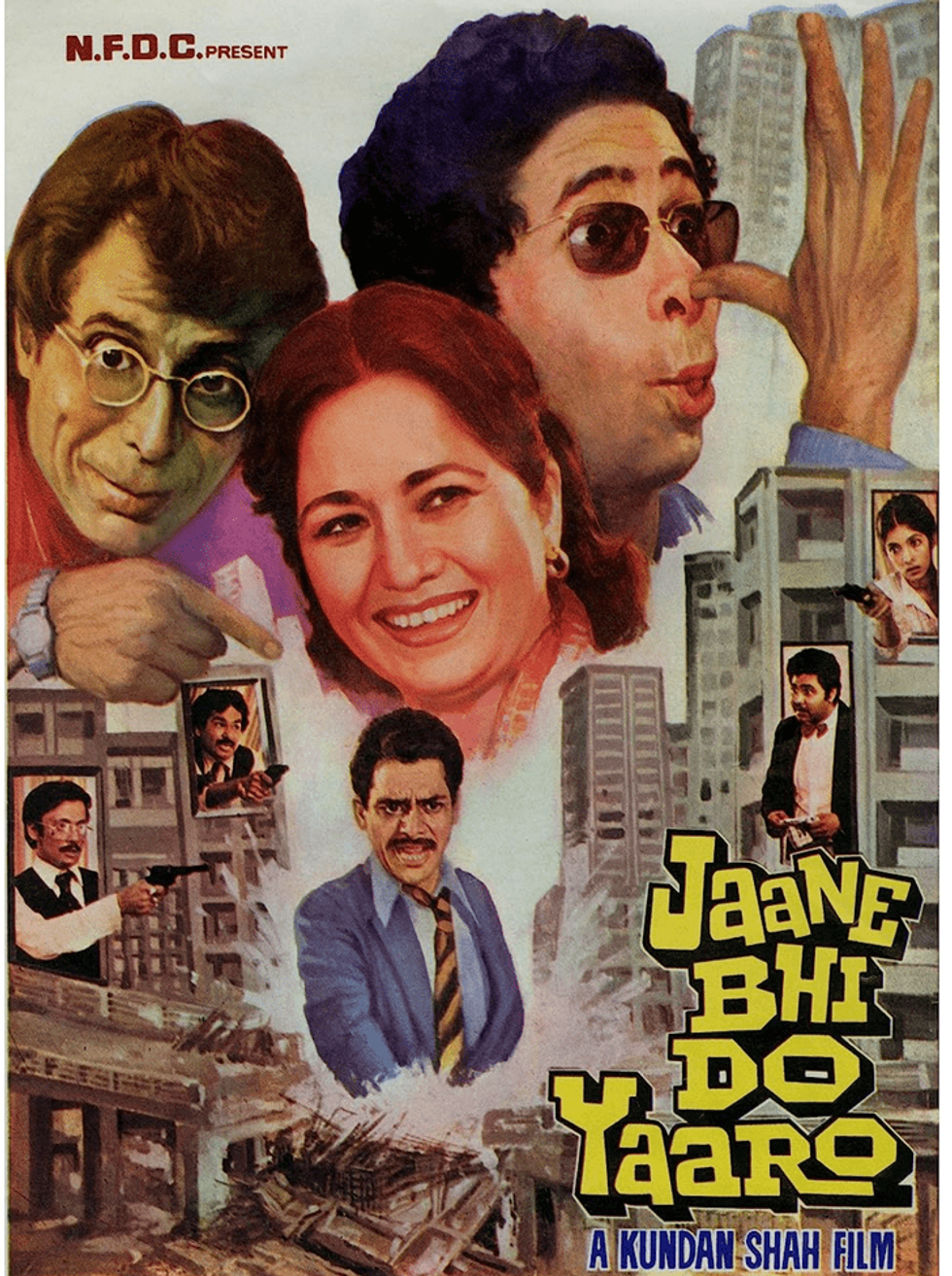















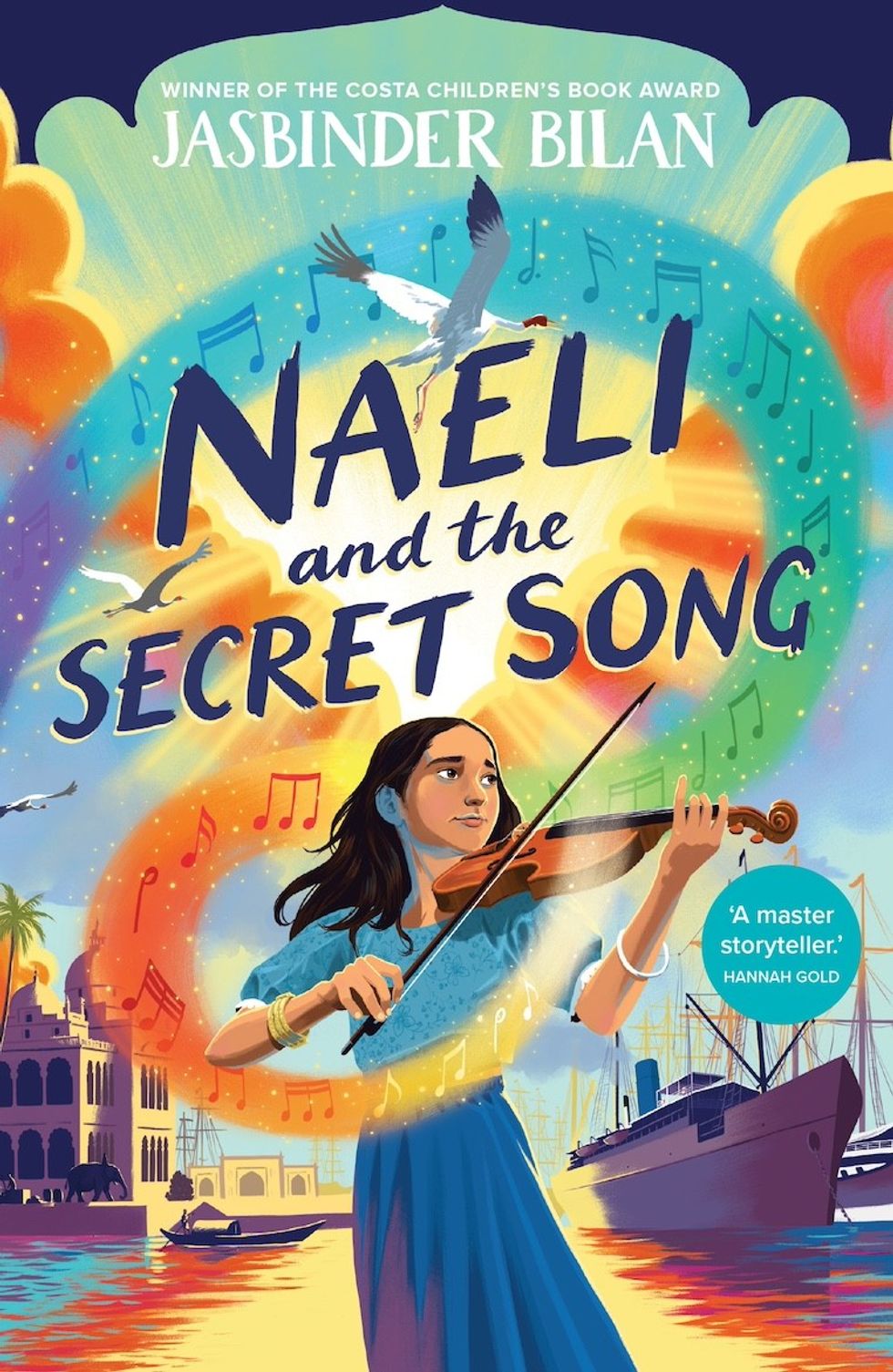 Naeli and the secret song
Naeli and the secret song
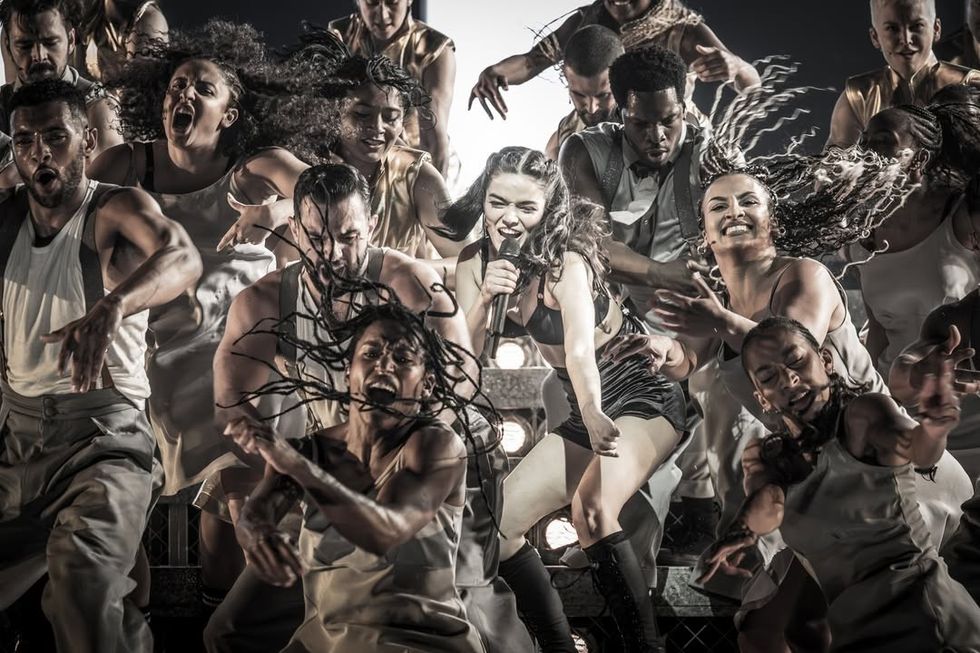 Jamie Lloyd’s Evita with Rachel Zegler set for Broadway after London triumphInstagram/
Jamie Lloyd’s Evita with Rachel Zegler set for Broadway after London triumphInstagram/
 A compelling premise, layered and unpredictable charactersAMG
A compelling premise, layered and unpredictable charactersAMG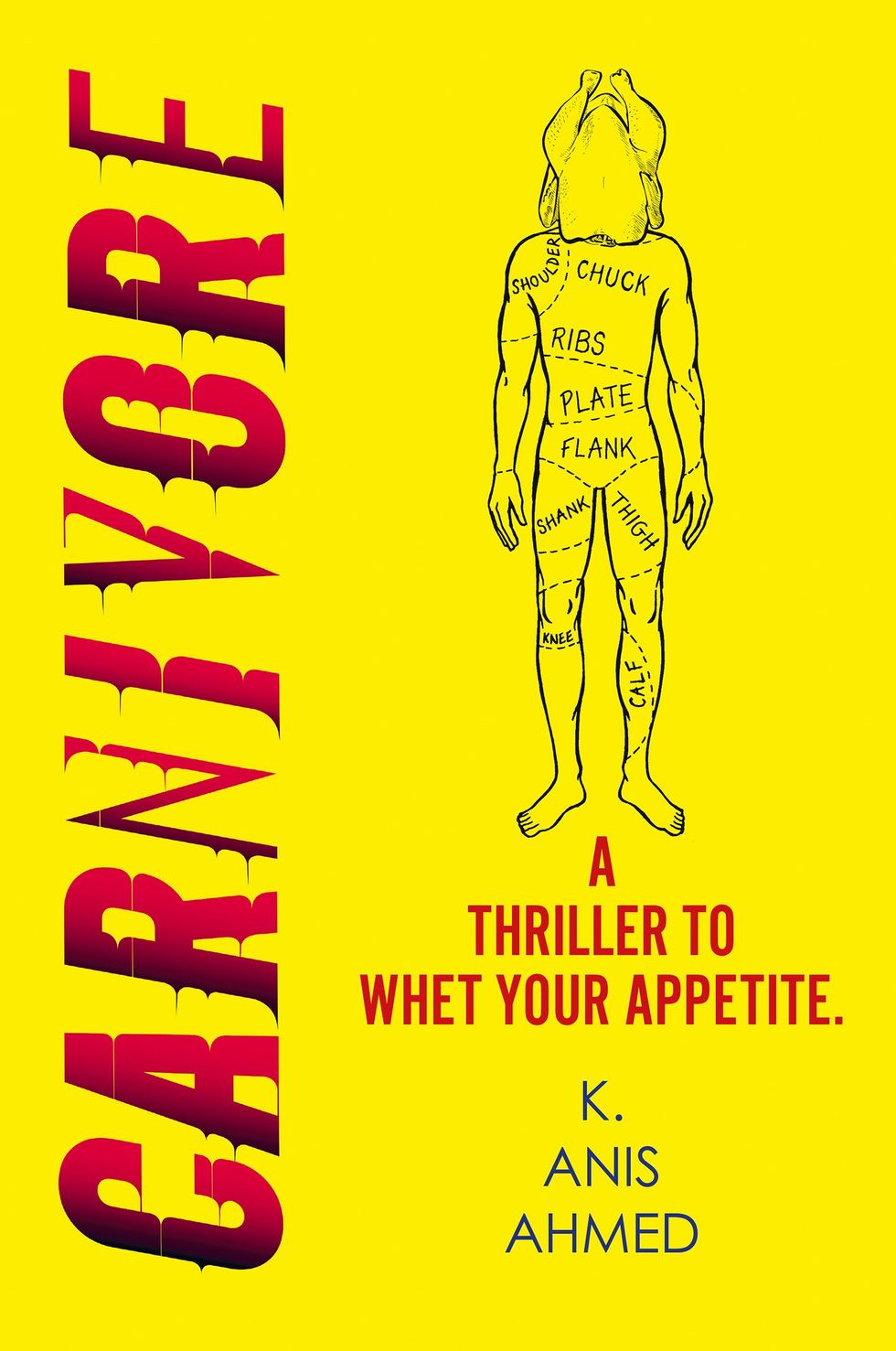 Anyone who enjoys a gripping story with a diverse cast and unexpected twistsHarperFiction
Anyone who enjoys a gripping story with a diverse cast and unexpected twistsHarperFiction
 The Story Teller by Ley Roberts
The Story Teller by Ley Roberts Summer Exhibition coordinator Farshid Moussavi, with Royal Academy director of exhibitions Andrea Tarsia in the background
Summer Exhibition coordinator Farshid Moussavi, with Royal Academy director of exhibitions Andrea Tarsia in the background An installation by Ryan Gander
An installation by Ryan Gander A sectional model of DY Patil University Centre of Excellence, Mumbai, by Spencer de Grey
A sectional model of DY Patil University Centre of Excellence, Mumbai, by Spencer de Grey Rituals and Identity and Theatre of Resistance by Arinjoy Sen
Rituals and Identity and Theatre of Resistance by Arinjoy Sen